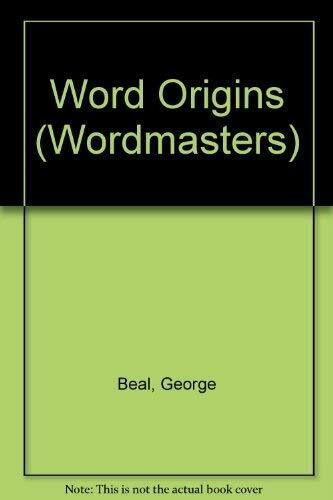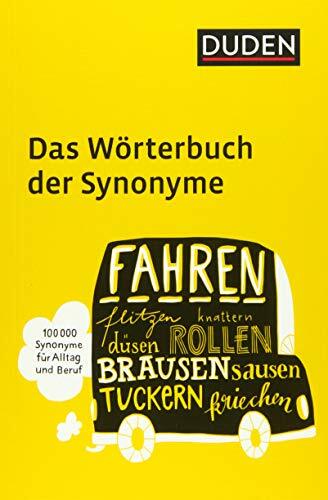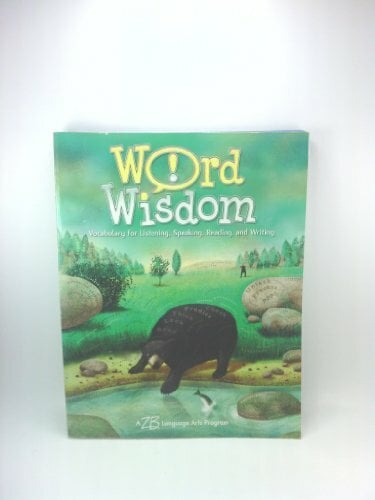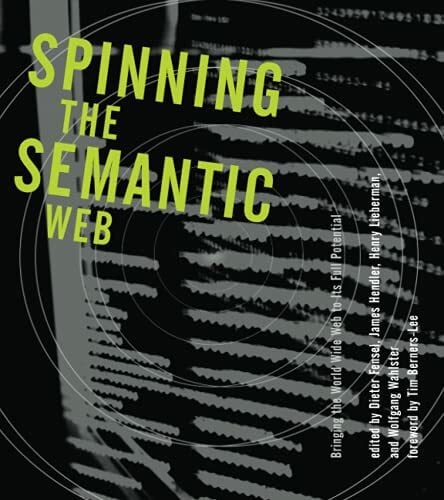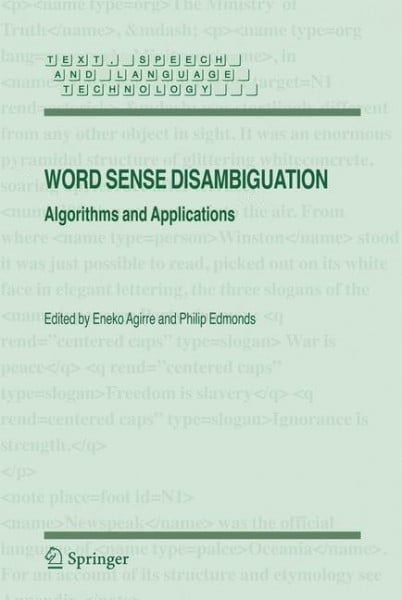
Word Sense Disambiguation
inkl. MwSt. Versandinformationen
Lieferzeit 1-3 Werktage
Lieferzeit 1-3 Werktage
Kurzinformation
inkl. MwSt. Versandinformationen
Lieferzeit 1-3 Werktage
Lieferzeit 1-3 Werktage

Beschreibung
Graeme Hirst University of Toronto Of the many kinds of ambiguity in language, the two that have received the most attention in computational linguistics are those of word senses and those of syntactic structure, and the reasons for this are clear: these ambiguities are overt, their resolution is seemingly essential for any prac- cal application, and they seem to require a wide variety of methods and knowledge-sources with no pattern apparent in what any particular - stance requires. Right at the birth of artificial intelligence, in his 1950 paper ¿Computing machinery and intelligence¿, Alan Turing saw the ability to understand language as an essential test of intelligence, and an essential test of l- guage understanding was an ability to disambiguate; his example involved deciding between the generic and specific readings of the phrase a winter¿s day. The first generations of AI researchers found it easy to construct - amples of ambiguities whose resolution seemed to require vast knowledge and deep understanding of the world and complex inference on this kno- edge; for example, Pharmacists dispense with accuracy. The disambig- tion problem was, in a way, nothing less than the artificial intelligence problem itself. No use was seen for a disambiguation method that was less than 100% perfect; either it worked or it didn¿t. Lexical resources, such as they were, were considered secondary to non-linguistic common-sense knowledge of the world.
Produktdetails

So garantieren wir Dir zu jeder Zeit Premiumqualität.
Über den Autor
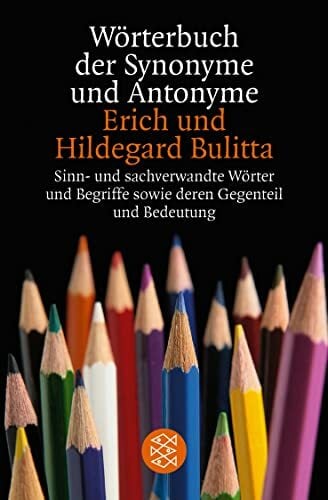
- Kartoniert
- 800 Seiten
- Erschienen 2003
- FISCHER Taschenbuch

- hardcover
- 458 Seiten
- Erschienen 1995
- Cambridge University Press
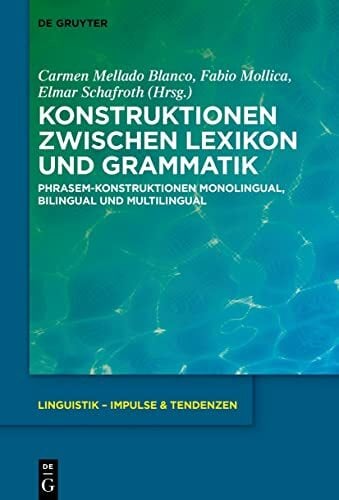
- Gebunden
- 373 Seiten
- Erschienen 2022
- De Gruyter
![Complex Emotions and Grammatical Mismatches: A Contrastive Corpus-Based Study (Applications of Cognitive Linguistics [ACL], 16) Complex Emotions and Grammatical Mismatches: A Contrastive Corpus-Based Study (Applications of Cognitive Linguistics [ACL], 16)](https://d3k2uuz9r025mk.cloudfront.net/media/image/dc/74/76/1762247415_668205979473.jpg)
- hardcover
- 189 Seiten
- Erschienen 2010
- De Gruyter Mouton

- hardcover
- 384 Seiten
- Erschienen 2003
- Houghton Mifflin Harcourt

- hardcover
- 1744 Seiten
- Erschienen 1999
- Webster's New World












